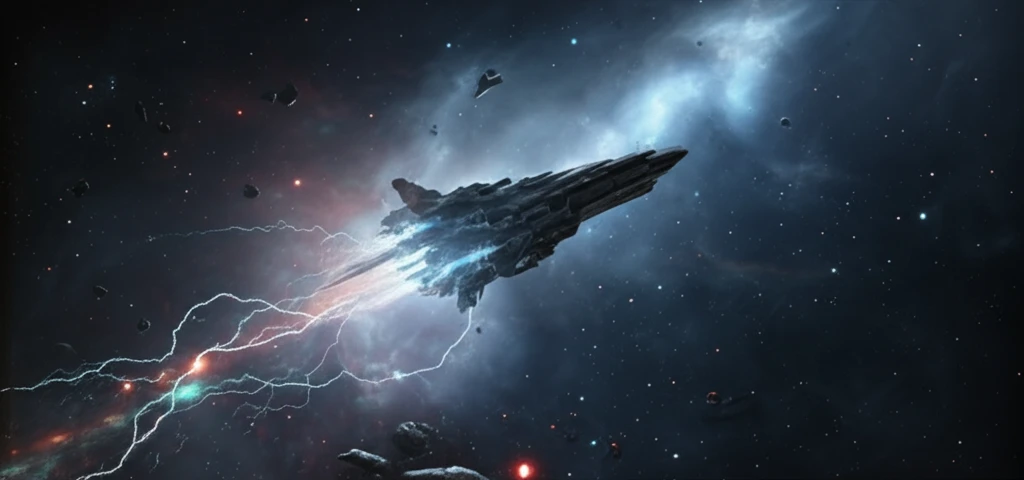
Space Dust Detectives: How Scientists Are Unmasking Cosmic Debris With Electric Fields
"Unlocking the secrets of interplanetary space: A deep dive into electric field technology that’s revolutionizing dust impact detection and helping protect our spacecraft."
In the vast expanse of space, tiny particles of dust zip around at incredible speeds, posing a significant threat to spacecraft. These aren't just inert bits of rock; when they collide with spacecraft, they generate clouds of charged particles that can disrupt sensitive instruments. Detecting these dust impacts and understanding their effects is crucial for protecting our valuable space assets, and scientists are increasingly turning to electric field instruments as a key tool in this cosmic quest.
For years, dedicated dust detectors were the go-to technology. Now, electric field instruments, which are standard equipment on many spacecraft, are stepping into the spotlight. This is because a dust impact generates a short pulse in the electrical field that can be detected. The entire body of a spacecraft becomes a sensor to measure the generated pulses. By acting as a sentinel, it picks up signals that might otherwise be missed.
However, there's a catch: the signals generated by dust impacts can be easily confused with other phenomena in space, such as solitary waves, which are common in space plasma. So, how do scientists tell the difference? Recent research is delving into the nuances of these signals, using data from missions like the Magnetospheric Multiscale (MMS) mission to develop more reliable methods of dust impact detection.
How Electric Field Instruments Are Redefining Space Dust Detection

Traditional dust detectors have a limited surface area, while electric field instruments use the entire spacecraft as a detection zone. This means even small impacts can be detected. When a dust particle strikes a spacecraft, it creates a cloud of ions and electrons through impact ionization. As these charged particles interact with the spacecraft and electric field antennas, they cause a measurable change in electrical potential. Monitoring these potential changes allows scientists to infer the frequency and intensity of dust impacts.
- The instrument's configuration (monopole or dipole)
- The length of the antenna boom
- The electronics of the instruments
- The surrounding space environment
The Future of Dust Detection
The ongoing research and refinement of dust detection methods are vital for the future of space exploration. Missions like Parker Solar Probe and Solar Orbiter will venture into previously unexplored regions of the inner solar system. Future exploration to more harsh environments requires more reliable techniques and better equipment to not only advance science, but protect equipment. Understanding the signatures of dust impacts will help prevent damage to equipment and loss of data, ensuring that these missions can continue to expand our knowledge of the universe.
